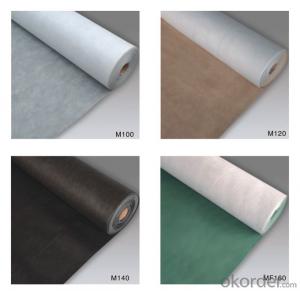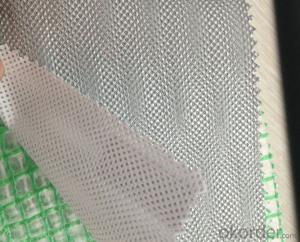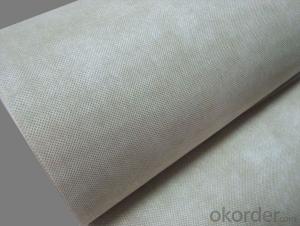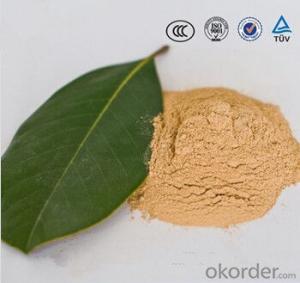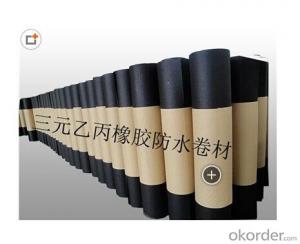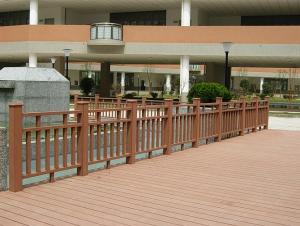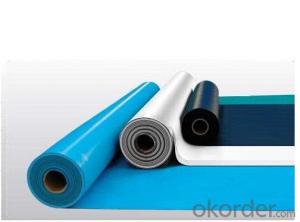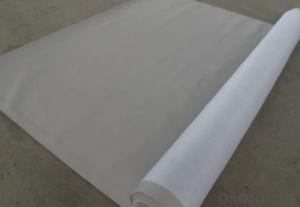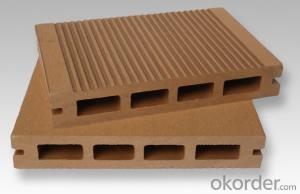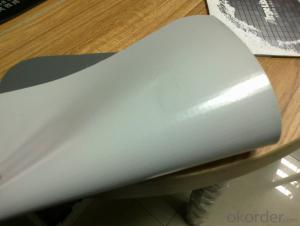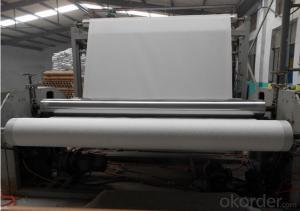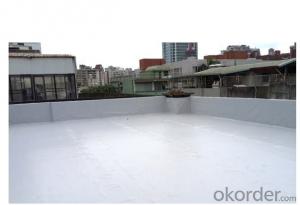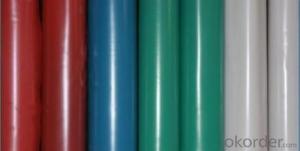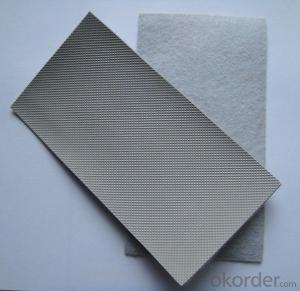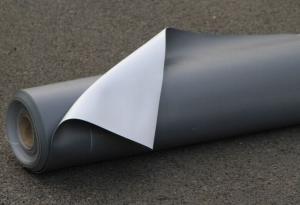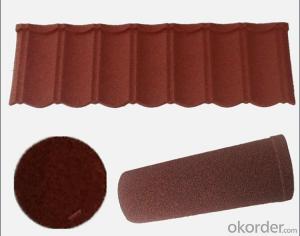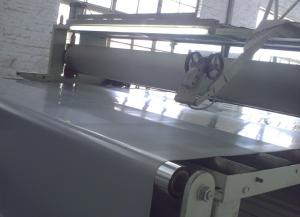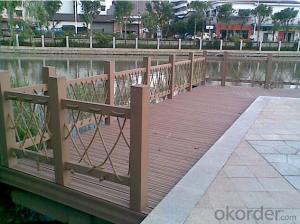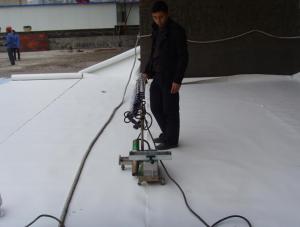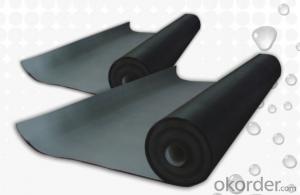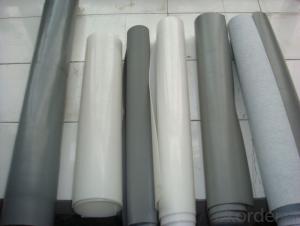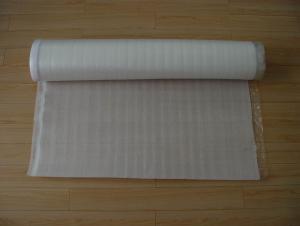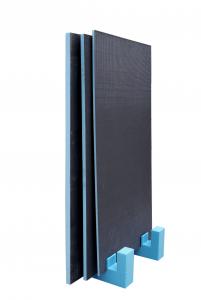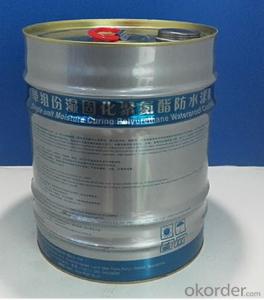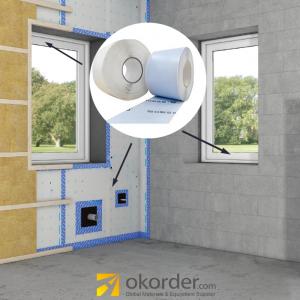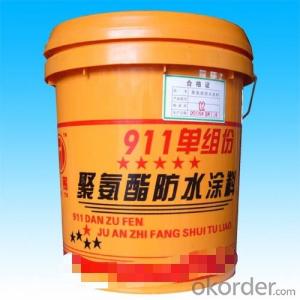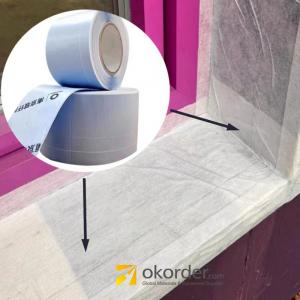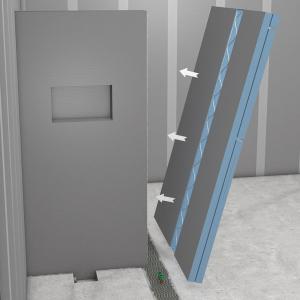Residential Waterproofing
Residential Waterproofing Related Searches
Waterproofing Homes Waterproofing Wet Areas Commercial Waterproofing Waterproof Material Geomembrane Waterproofing Waterproofing Inspection Waterproofing Felt Roof Soundproofing Homes Material Waterproofing Spray Waterproofing Concrete Floors Waterproof Resin Waterproof Geomembrane Waterproofing Concrete Block Walls Exterior Foundation Waterproofing Materials Waterproof Sealer Concrete Slab Waterproofing Waterproof Seal Plastomeric Waterproofing Materials Aquaseal Basement Waterproofing Roofing Paper Waterproof Waterproof Admixture Concrete Waterproof Paint Waterproofing Atlanta Mel Rol Waterproofing Waterproof Membrane For Decks Spray Waterproof Sealant Soundproofing A House Waterproof Concrete Blocks Waterproof Spray Redgard Waterproofing MembraneResidential Waterproofing Supplier & Manufacturer from China
Residential Waterproofing encompasses a range of products designed to protect homes from water damage and moisture-related issues. These products include waterproof membranes, sealants, and coatings, which are specifically engineered to create a barrier against water infiltration. They are widely used in various applications such as basements, bathrooms, and roofs, ensuring that the living spaces remain dry and safe from potential water damage.The application of Residential Waterproofing products is crucial in maintaining the structural integrity and comfort of homes. These products are used to prevent seepage, dampness, and mold growth, which can lead to health hazards and costly repairs. They are particularly useful in areas prone to heavy rainfall or flooding, as well as in regions with high humidity levels. By applying these products correctly, homeowners can significantly reduce the risk of water damage and extend the lifespan of their property.
Okorder.com is a leading wholesale supplier of Residential Waterproofing products, offering a vast inventory to cater to the needs of contractors, builders, and homeowners. With a commitment to quality and customer satisfaction, Okorder.com ensures that the products are of the highest standard and are available at competitive prices. By partnering with Okorder.com, customers can access a comprehensive range of Residential Waterproofing solutions, making it easier to find the right product for their specific needs and requirements.
Hot Products
